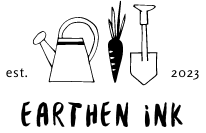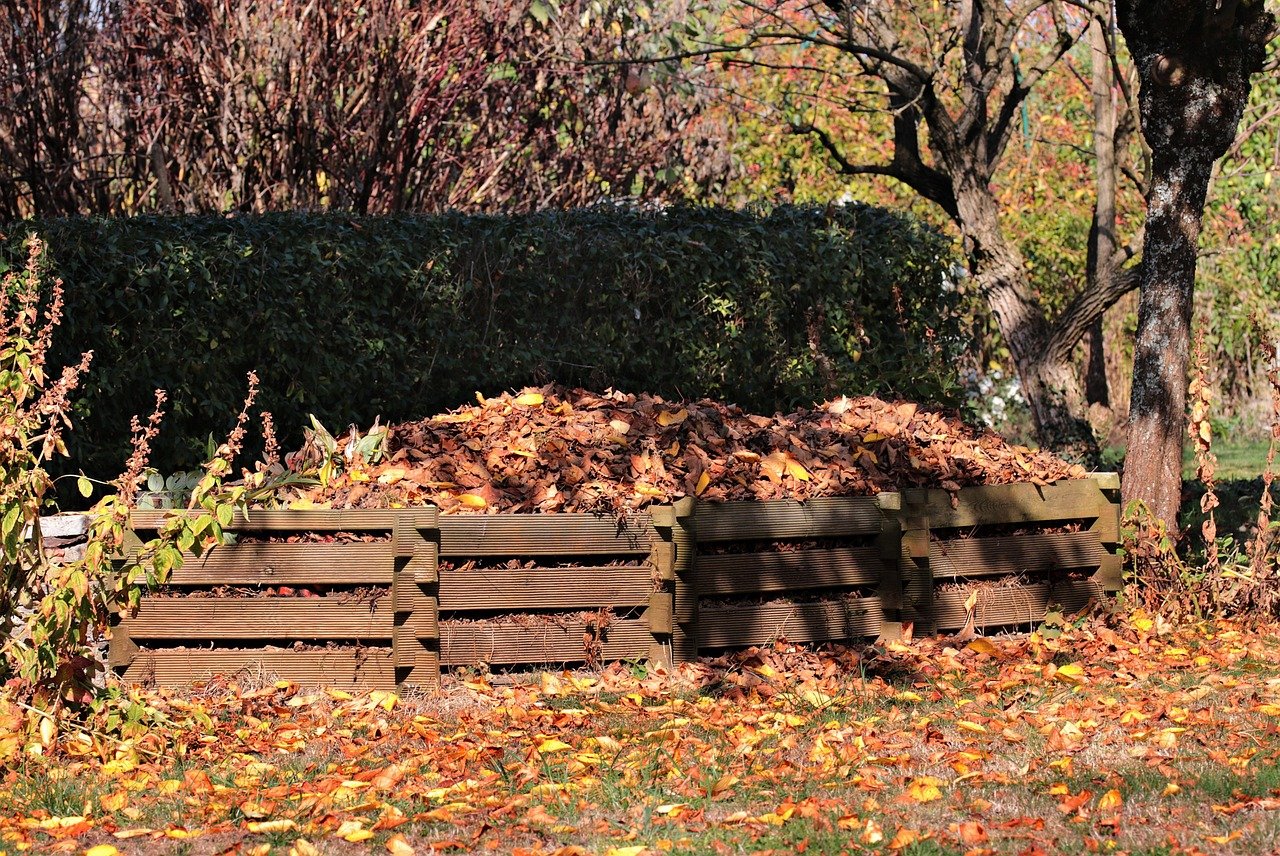
Intro
Composting for beginners may seem intimidating at first, but with a little knowledge and practice, you can easily transform your kitchen scraps and yard waste into a valuable resource for your garden. Known as ‘black gold’, compost enriches the soil and promotes the growth of healthy plants. Here’s a step-by-step guide on how to compost at home for beginners, turning your waste into a natural fertilizer.
Understanding the Basics of Composting

The practice of composting revolves around a natural cycle that decomposes organic material into a nutrient-packed soil enhancer. This process is made possible by microorganisms, worms, and insects, which gradually break down organic waste into a rich, fertile substance characterized by its dark hue and crumbly texture.
The resulting compost serves as an optimal soil additive, increasing its overall health and fertility, and, in turn, fostering robust plant growth. But the advantages of composting extend beyond just your garden. When you compost your organic waste, you’re effectively reducing the volume of garbage destined for landfills. This helps cut down on methane emissions, a potent greenhouse gas produced by decomposing waste in landfills. Therefore, by embarking on your composting journey, you’re not only investing in the health of your garden but also making a positive contribution to the environment.
Getting the Right Composting Equipment

Kickstarting your composting journey at home doesn’t require complex or expensive equipment. Your essential toolkit comprises a compost bin or a specific section in your yard allocated for composting.
Various options of compost bins exist in the market, each with its own unique benefits. Closed plastic bins are a popular choice for their durability and affordability, compost tumblers offer convenience and speed in the composting process, while open wooden bins can seamlessly blend into your garden landscape. Your choice will largely hinge on the resources you have at hand, namely your budget, space availability, and the amount of compost you anticipate generating. Here are some Compost Bin options if making one yourself isn’t in the cards.
A crucial addition to your composting kit is a pitchfork or compost aerator. This tool plays a key role in periodically turning your compost pile, a process that stimulates the decomposition process and ensures an even breakdown of materials. As you gear up to embrace composting, remember, simplicity is the way to go.
Identifying Suitable Materials for Composting

As a novice in composting, it’s essential to distinguish between the types of materials suitable for your compost heap. This encompasses ‘green’ and ‘brown’ materials, each playing a crucial role in achieving a nutrient-dense compost.
Nitrogen-rich green materials include kitchen scraps like fruit and vegetable peelings, coffee grounds, and other plant-based waste. Fresh grass clippings and plant trimmings also fall under this category. On the other hand, brown materials are carbon-heavy and comprise dried leaves, straw, paper, and small wood chips. Striking a balance between green and brown materials in your compost pile ensures a rich, fertile end product.
Typically, you want to aim for a mix that incorporates a greater proportion of browns to greens to maintain an optimal carbon to nitrogen ratio. This ensures a smooth and effective composting process. A well-blended compost heap ensures a healthy, thriving garden. Remember, a well-balanced compost pile is the key to converting your waste into garden ‘black gold’.
Learning How to Layer Your Compost Pile

Commencing your compost pile involves smart layering techniques to aid in an efficient composting process. Initiate with a layer of brown materials at the bottom. This assists in optimizing air circulation within the pile, an essential element for decomposition. Then introduce a layer of green materials, rich in nitrogen.
The ratio to aim for is three parts browns to one part greens. To jumpstart the decomposition process, sprinkle some of your garden soil or pre-existing compost. These contain the necessary microorganisms that aid in breaking down the materials. This layering process is repeated until your compost bin is filled. Turning the pile every couple of weeks is crucial to ensure an even decomposition of materials. This is where your pitchfork or compost aerator comes into play. Avoid compressing the pile to allow air to circulate freely, which aids the composting process.
Knowing What Not to Compost

While composting is a great way to utilize most of your organic waste, it’s important to remember that certain items are not suitable for inclusion in your compost heap.
Materials like meat and dairy products should be excluded as they can attract unwanted pests and may lead to unpleasant odors. Similarly, diseased plants have the potential to contaminate your compost with pathogens and should be discarded separately. Pet waste should also be avoided due to the risk of carrying parasites, bacteria, and viruses that could be harmful to humans.
Avoid the mistake of composting weeds or plants that have been treated with harmful pesticides. These substances can endure through the composting process and eventually damage your plants when the compost is used. Thus, while composting provides a constructive use for much of our waste, we should be mindful of these exceptions to maintain a healthy and effective compost pile.
Monitoring the Composting Process

Observing your compost pile’s progress is a vital part of the composting process. Your compost pile should maintain a moisture level similar to a well-squeezed sponge, and exhibit a fresh, earthy aroma. In case your compost pile becomes too parched, you might need to introduce additional water or green materials to restore its moisture level.
Conversely, if the pile feels excessively wet or starts emitting an off-putting odor, it may be time to incorporate more brown materials. Regularly turning your compost pile with a pitchfork or a compost aerator aids in maintaining aeration, speeding up the breakdown of organic materials. Monitoring your compost pile consistently and adjusting as necessary is key to a successful composting process.
Using Your Compost in the Garden

When your compost achieves a resemblance to rich, dark topsoil, and the original ingredients are unidentifiable, it’s an indication that it’s ripe for use. Introduce it to your garden by incorporating it into your planting beds. It can be utilized to enrich your potting soil, providing your plants with essential nutrients.
One of the techniques we emphasize here is the no-till gardening method. Adding compost to this type of gardening is great to keep the ground filled with nutrients. Check out the article here https://earthenink.com/index.php/2024/01/29/no-till-gardening-what-it-is-and-why-you-should-try-it/
Alternatively, you can distribute it as mulch around your plantings, which can help retain soil moisture, suppress weeds, and regulate soil temperature. The nutrient release from compost is a gradual process that spans across the growing season, making the nutrients available to your plants precisely when they need them. Your compost, also known as gardeners’ ‘black gold’, is a true testament to a successful waste-to-resource journey, providing your garden with a natural, nutrient-dense boost.





One thought on “Ultimate Guide to Composting: Decomposing Waste into Black Gold”